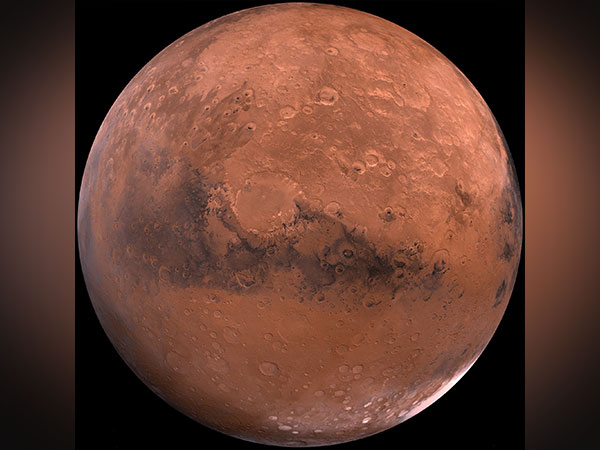Methane could be sealed under solidified salt in Martian regolith

- Country:
- United States
The mysterious appearance of methane on Mars, observed by NASA's Curiosity Mars rover, has puzzled scientists for some time. The gas is only observed in Gale Crater, and what's even more surprising is that it appears at night and disappears during the day.
A new study, led by Alexander Pavlov, a planetary scientist at NASA's Goddard Space Flight Center in Greenbelt, Maryland, suggests that methane on the Red Planet could be sealed under solidified salt that might form in Martian regolith - soil made of broken rock and dust. The trapped methane might then be released from the surface during warmer periods or when the fragile salt seal gets weakened.
According to the new study, methane can also erupt in puffs when seals crack such as by the pressure from a rover driving over it. The team's hypothesis may help explain why methane is detected only in Gale Crater, Pavlov said, given that it's one of two places on Mars where a robot is roving and drilling the surface.
This hypothesis is based on earlier experiments conducted by Pavlov in 2017, when the researchers grew microorganisms in simulated Martian permafrost conditions (frozen soil) infused with salt. Although these experiments primarily focused on the viability of halophiles (organisms that thrive in high-salt environments) on Mars, they inadvertently showed how a salt crust could form and potentially trap gases beneath it.
This was followed by another experiment which involved injecting neon (analog for methane) underneath the soil sample and measuring the gas pressure below and above it. The team found that a gas-trapping seal could indeed form under conditions mimicking those of Mars, only in samples containing 5% to 10% perchlorate by weight, though this concentration is higher than what the Curiosity rover has detected in Gale Crater.
Scientists say that a new generation of surface instruments measuring methane continuously from many locations across Mars is required to test how often methane levels spike on the Martian surface.
I've been sniffing traces of methane in Gale Crater for years, but why it's there and how it behaves has puzzled scientists. A new proposal suggests that the gas may be sealed under solidified salt deposits in the Martian regolith: https://t.co/QjCsGr2tXZ pic.twitter.com/0glSXMJZWs
— Curiosity Rover (@MarsCuriosity) April 24, 2024
- READ MORE ON:
- Martian regolith
- Methane seeping on Mars
- Curiosity rover
- NASA










